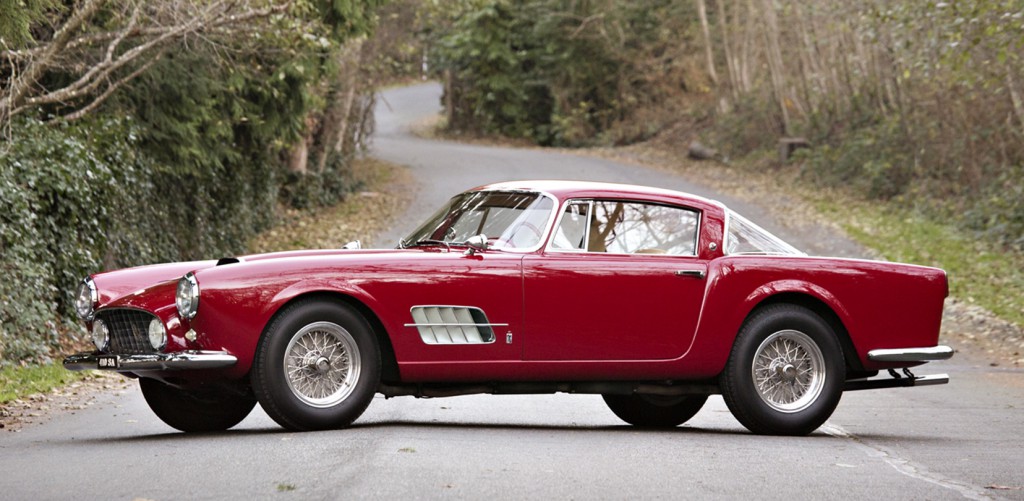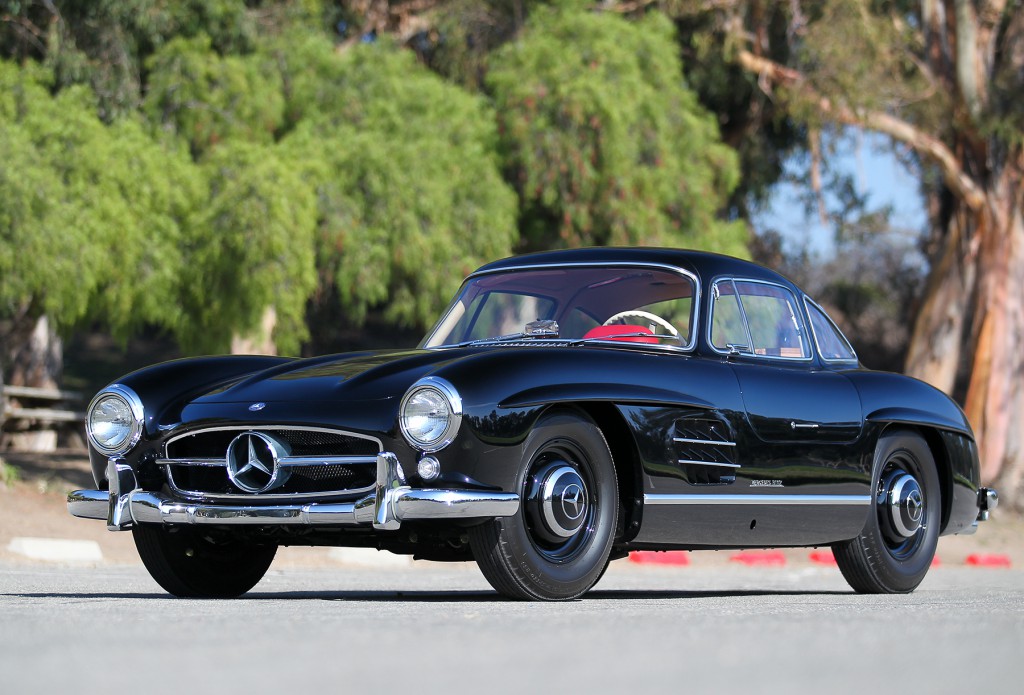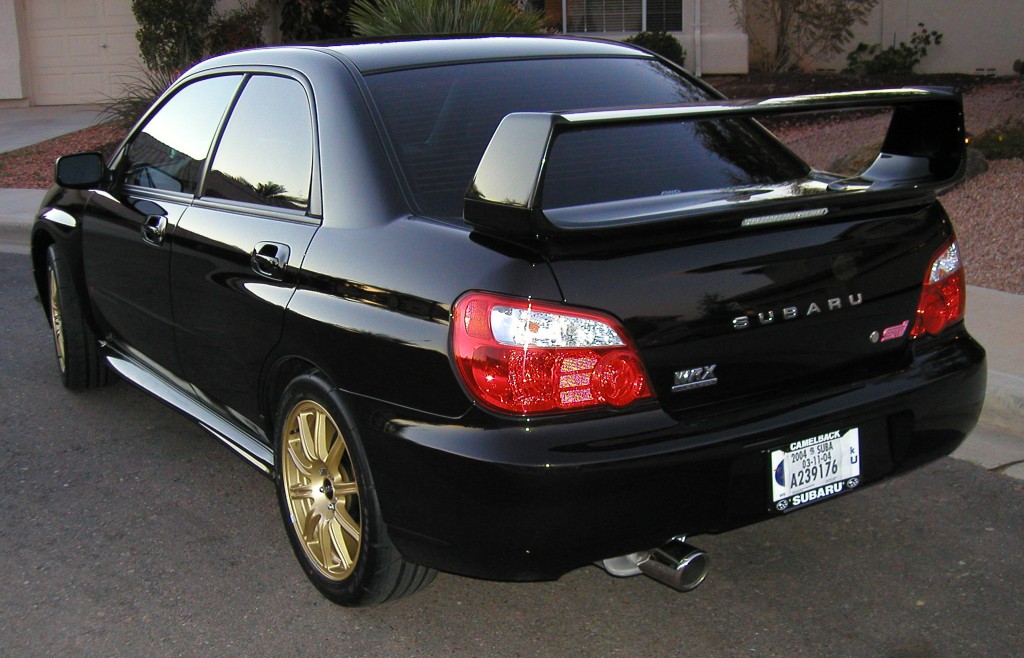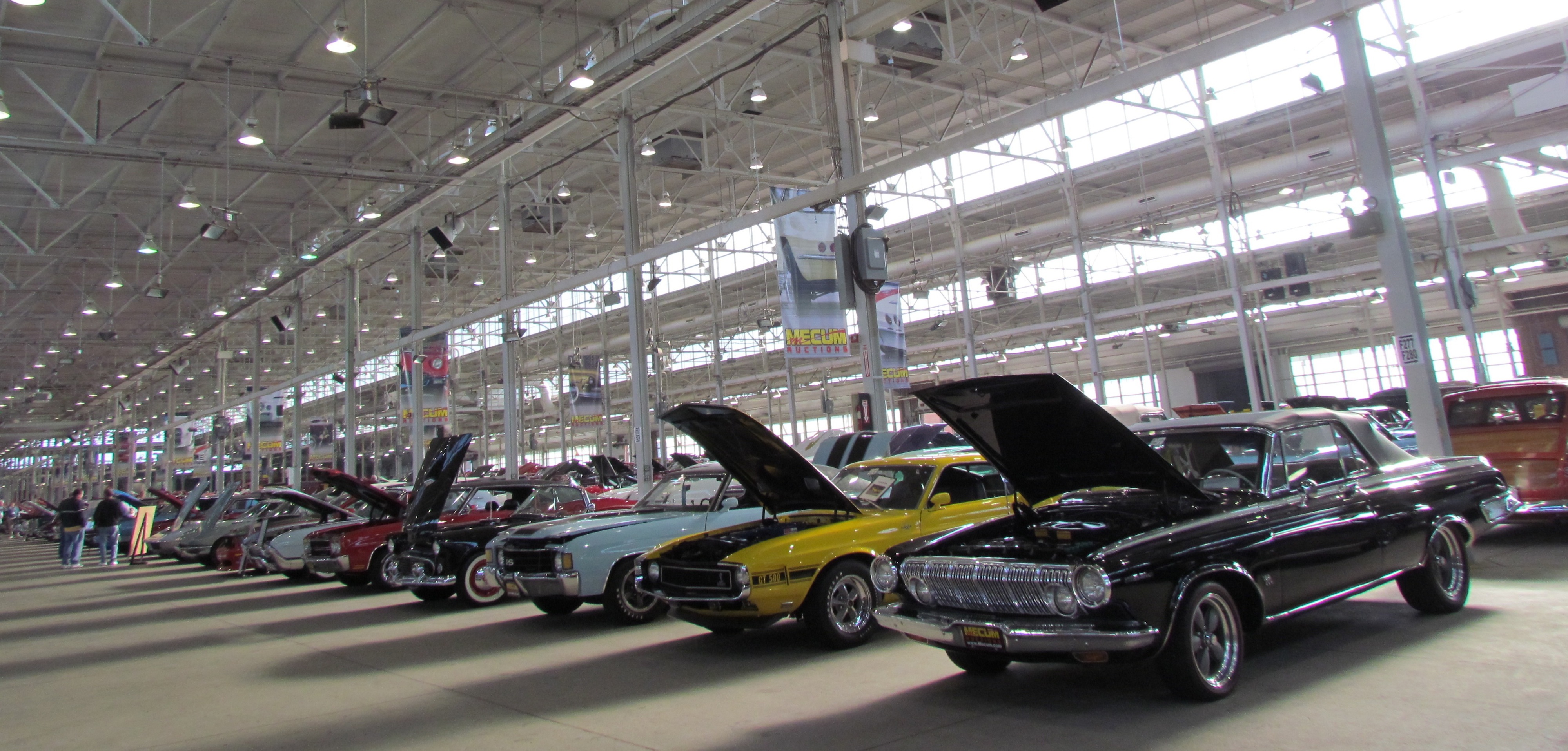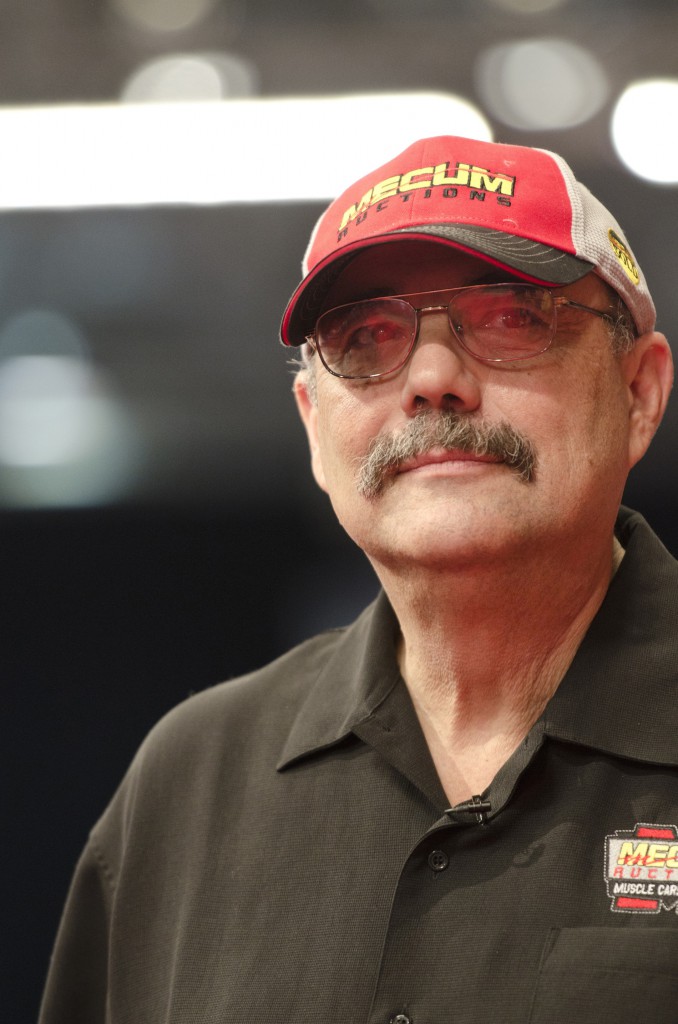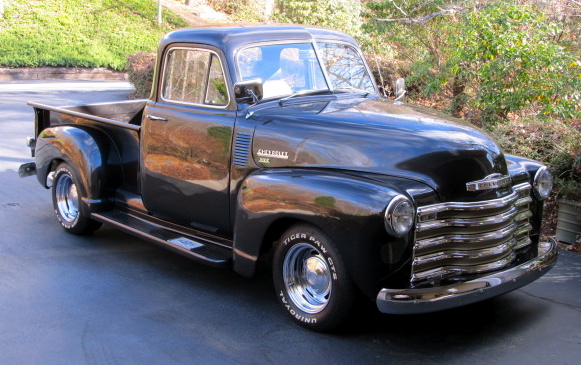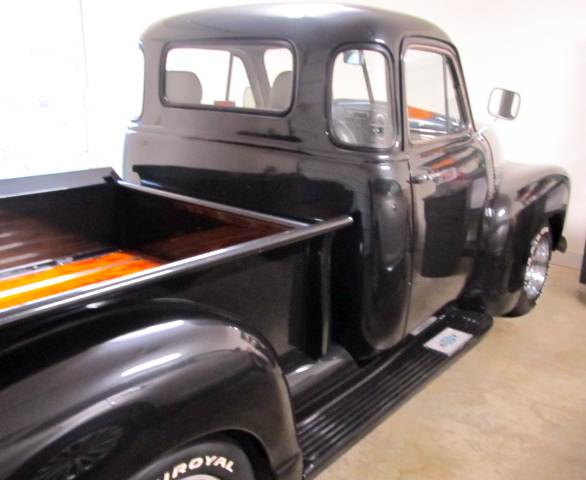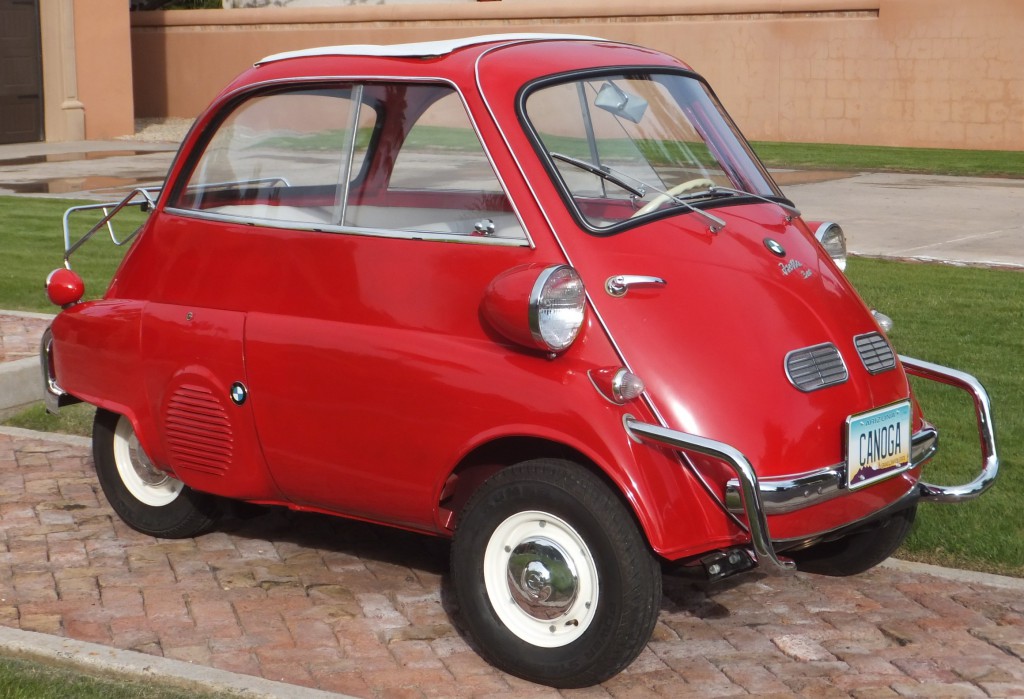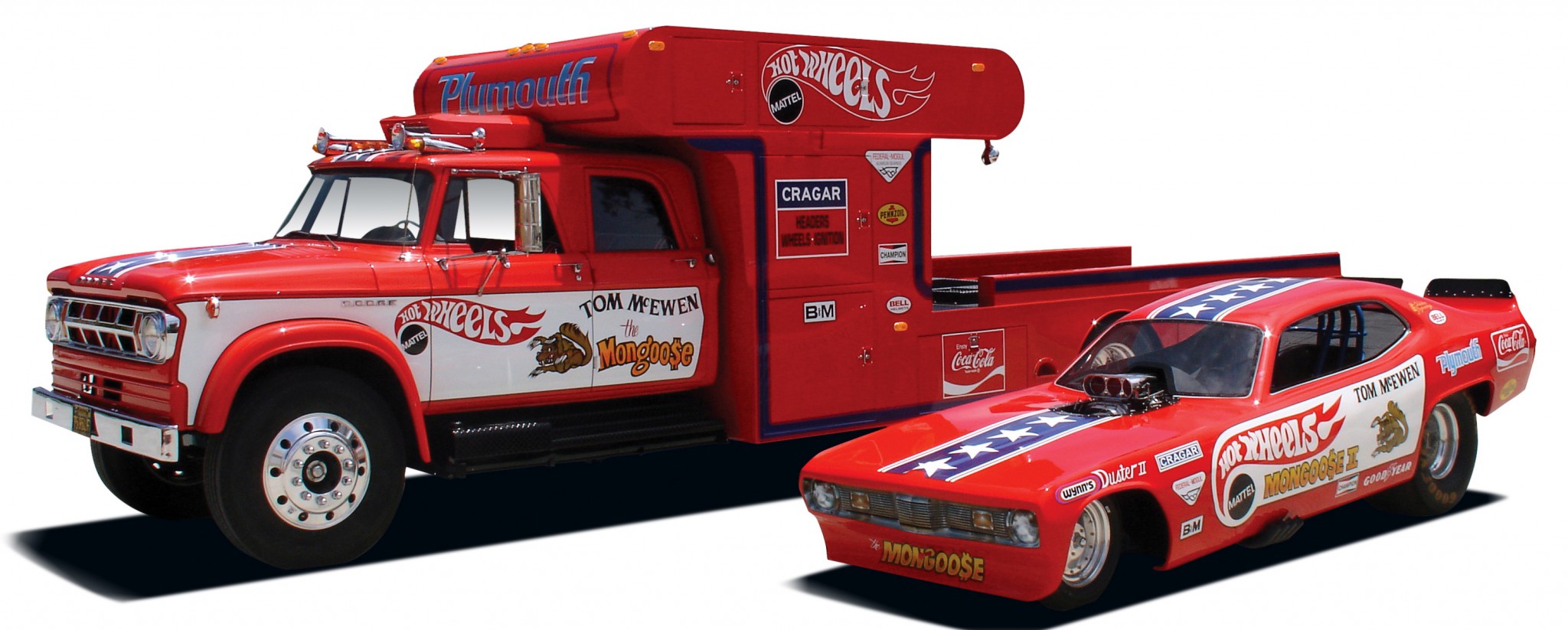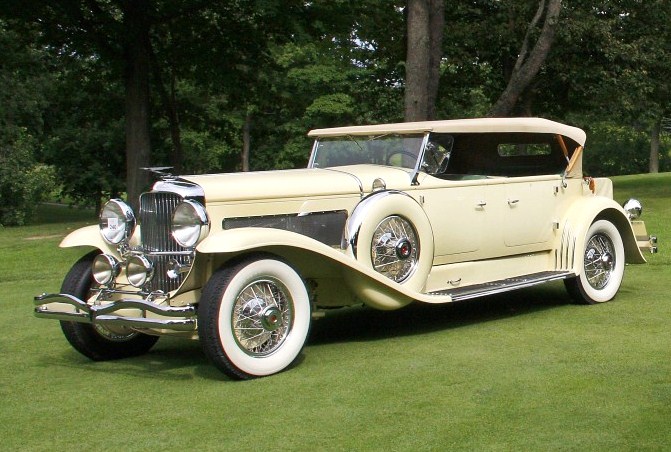Another in a series of previews of classic car auctions in January.
Bonhams is doing everything it can to make the third time the charm in selling classic cars at auction in Arizona.
“When people get our catalog they will see a quite severe upgrade in the quality of the cars we’re offering,” promised Jakob Greisen, motorcar specialist and head of business development for Bonhams motoring department.
Greisen said Bonhams set out on the new path last summer with its classic car auction at the Quail Lodge in Monterey, Calif.
“Our Quail auction went from $12 million in 2012 to just over $30 million in 2013, and with less cars,” said Greisen, who joined Bonhams last year from Gooding & Co.
The idea, he added, is “less but more,” as in fewer offerings, but offerings of high quality.
Bonhams, established in England in 1793, certainly is known for the quality of its auction offerings in Europe, where it recently handled the sale of the famed Ecurie Ecosse racing team collection and where, last summer, it sold the 1954 Mercedes-Benz W196R Grand Prix car for a world-record auction price of $29.65 million.
Not only will the quality of the cars be upgraded, Greisen said, but so will their presentation January 16 at the Westin Kierland resort in Scottsdale.
“We sat down and said, ‘you know what? It’s a very big marketplace and our share is not where it should be, and when it comes to the handful of auction houses that can handle an important car, we’re not handling as many as we should be. We rethought our strategy and our business plan. We’ve been outgoing more and have reached out more to our clients. Especially in Scottsdale.
“It’s about offering the client something unusual, something they have to buy at auction, that they cannot find on eBay or Hemmings, something that [they realize presents] an opportunity.”
For example? Griesen offers two of them , one a pre-war car, one from the post-war period.
The pre-war car is a 1931 Alfa Romeo 6C 1750 supercharged gran sport spider with bodywork by Zagato.
“The car has a fabulous history,” Griesen said. “It was bought new by a baron in France, a young playboy who raced at Le Mans and had airplanes and he had this great car.”
The young baron co-drove an Alfa 8C with Luigi Chinetti at Le Mans in 1933 and they finished second, trailing only another 8C co-driven by the legendary Tazio Nuvolari and Frenchman Raymond Sommer. In the 1930s, the baron sent his wife and son to Switzerland but he remained in France and joined the resistance movement.
He sold the Alfa 6C in 1935. Through several owners, the car remained in France in original condition until it was sold in 2007 at Monterey. The American collector who bought it there had it restored. He sold it three years later. The consignor for the Scottsdale auction also had it restored, by Steve Babinsky of American Restorations.
Since then, still with its original engine and bodywork, it has been shown at the Pebble Beach and Amelia Island concours. In 2013, the car participated in the Mille Miglia and then took part in the Concorso d’Eleganza Villa d’Este.
The car’s pre-auction estimate is $2.4 million to $2.7 million.
Griesen’s post-war example of Bonhams boost in quality is “the tailor’s car,” a 1951 Ferrari 212 Export Berlinetta with bodywork by Touring.
“The car has had the same ownership since 1969 and is one of four export 212s that had Touring superleggera coachwork,” Griesen said
The car, he added, was one of the first Ferraris produced, purchased new by Augusto Caraceni, a racing driver and professional tailor with clients that included Enzo Ferrari, Gianni Agnelli, Aristotle Onasissis, Humphrey Bogart and Cary Grant.
The car came to the United States in the early 1960s and the consignor has owned it since 1969. Its restoration, by several Ferrari experts, began in 2008.
Since it’s restoration, Griesen said, “it has never been shown, but it is a car you could take to Pebble Beach or Cavallino Classic and the Mille Miglia.”
The pre-auction estimate is $3-$4 million.
While the Alfa and Ferrari may be two of the most outstanding examples of Bonhams’ new push, Griesen noted that the catalog ranges from a 1910 Simplex 50HP Toy Tonneau to a 2010 Ferrari 599XX. In between those dates and cars are many others, including two Mercedes-Benz 300SLs, a gulling and a roadster; a 1936 Mercedes-Benz 500K sports phaeton; a 1966 Ferrari 275 GTB/6C; a 1954 Bentley R-type Continental fastback; and a 1950 Delahaye originally displayed at the Paris auto salon.
And it’s not just the quality of the cars offered that has been upgraded, Griesen said. So has the quality of the automobila offerings, which include such unique items as the tweed jacket worn by Steve McQueen in the movie Bullitt.
Photos courtesy of Bonhams


